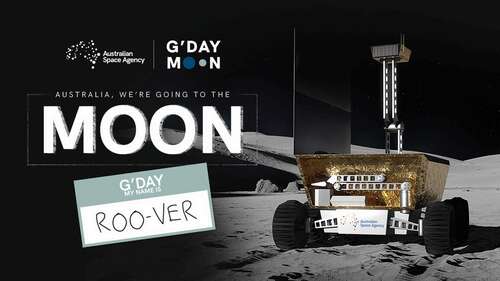
The Roo-ver module is estimated to weigh about 20 kilograms (approx. 44 lbs.) and is roughly the size of a travel suitcase. The device will be semi-autonomous, carrying out automated directives while also following direct commands from mission control.
Roo-ver will be sent to the moon as part of NASA’s Artemis missions in 2026. The rover is projected to touch down somewhere on the south pole of the moon, where it will spend roughly two weeks in Earth time (about half a day on the moon itself) collecting regolith samples for analysis. The purpose of this is to verify theories that regolith may contain oxygen particles. If this is proven to be the case, it could be a major breakthrough in space travel, as oxygen is vital for astronaut survivability and rocket fuel creation.
The Australian Space Agency hopes that getting involved at this critical juncture of space research will help to advance the country’s burgeoning space industry, which in turn will hopefully direct to the development of new and interesting technology.
“From Manufacturing to Mining, to Health and Science, and critical technologies such as AI and Robotics – space exploration requires the skills and capabilities from all these areas,” the Agency said on its website. “By getting Australian industries involved in Australia’s first mission to the Moon, we can advance these industries while also boosting our economy and generating jobs now and for the next generation.”

